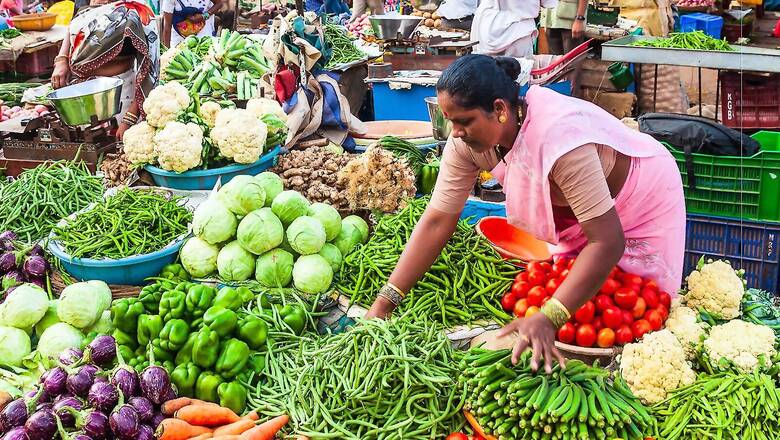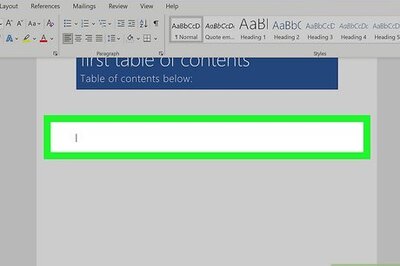
views
The Reserve Bank of India (RBI) on Thursday retained its inflation projection for the financial year 2022-23 at 6.7 per cent. The Consumer Price Index (CPI)-based inflation has remained above the RBI’s upper tolerance limit of 6 per cent for eight straight months.
While presenting the latest bi-monthly monetary policy statement, RBI Governor Shaktikanta Das said, “Consumer price inflation remains elevated and above the upper tolerance band of the target due to large adverse supply shocks, some firming up of domestic demand, and the spillovers from global financial markets. The recent correction in global commodity prices including crude oil, if sustained, may ease cost pressures in the coming months.”
He added that the inflation trajectory remains clouded with uncertainties arising from continuing geopolitical tensions and nervous global financial market sentiments.
India’s retail inflation in August soared to 7 per cent, compared with 6.71 per cent in July. This comes after three months of the country’s retail inflation easing from its peak, following the Reserve Bank of India’s repo rate hikes since May.
Das said global geopolitical developments are weighing heavily on the domestic
inflation trajectory. Inflation inched up to 7 per cent in August from 6.7 per cent in July.
“Acute imported inflation pressures felt at the beginning of the financial year have eased but remain elevated across food and energy items. Edible oil price pressures are likely to remain contained on improved supply from key producing countries and measures taken by the Government. Going forward, there could be some tapering of selling price increases on account of easing supply conditions and softening of industrial metal and crude oil prices. With services activity showing strong rebound and some improvement in pricing power, risks of higher pass-through of input costs, however, do remain,” he said.
Flagging upside risks to food prices, Das also said cereal price pressure is spreading from wheat to rice due to the likely lower kharif paddy production. The lower sowing for kharif pulses could also cause some pressures.
“The delayed withdrawal of monsoon and intense rain spells in various regions have already started to impact vegetable prices, especially tomatoes. These risks to food inflation could have an adverse impact on inflation expectations,” the RBI governor said.
He also said the extraordinary global circumstances that caused the heightened inflationary pressures have impacted both advanced economies and emerging market economies. India is, however, better placed than many of these economies.
“If high inflation is allowed to linger, it invariably triggers second order effects and unsettles expectations. Therefore, monetary policy has to carry forward its calibrated action on policy rates and liquidity conditions consistent with the evolving inflation growth dynamics. It must remain alert and nimble,” Das added.
Read all the Latest Business News and Breaking News here




















Comments
0 comment